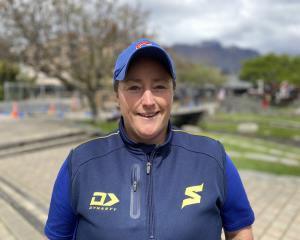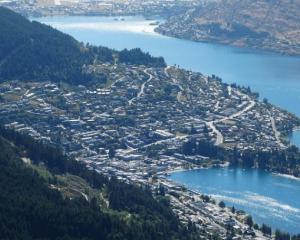
The Otago Daily Times asked the companies about the safety feature in response to a coroner's recommendation that all tourist buses should have such cameras, or an outside rear-view mirror fitted at the back.
United States tourist Richard Hyde (73) died after being run over by a reversing 20-seater bus during a tour at Mt Nicholas Station, run by Southern Discoveries, in 2016.
In her report, completed in April but revealed publicly for the first time at the weekend, coroner Anna Tutton said Mr Hyde's death ''might have been avoided'' if the bus had either of the safety devices fitted.
None of the companies contacted by the ODT would say whether it made changes to its buses, safety plans or driver training as a result of Mr Hyde's death.
But the companies did say all or most of their buses were fitted with either reversing cameras or blind spot mirrors.
Real Journeys group health and safety manager Brenden Winder said all of its coaches were fitted with reversing cameras.
The company had also undertaken a review to minimise the need for its buses to reverse by creating turning circles, ''recognising that even with cameras, reversing can still be a hazard''.
Mr Winder said the safety plans, driver training and technology used for its bus fleet were regularly reviewed and upgraded.
NZSki chief executive Paul Anderson said reversing cameras and blind-spot mirrors were fitted to most of its fleet.
''The routes we drive on a day-to-day basis only require the bus to reverse in one area that is accessible to the public.''
Those areas had pedestrian fencing around them and an employee acted as a ''spotter'' to ensure any reversing hazards were kept to a minimum.
Mr Anderson said safety was ''paramount'' to its transport operation.
It operated above industry standards with the highest possible rating from the NZ Transport Agency, and its safety processes, drivers and fleet were continually under review.
AJ Hackett Bungy New Zealand chief executive David Mitchell said all the company's customer buses were fitted with reversing cameras and ''have been for some time''.
''The company prides itself on its best-practice approach to health and safety, and this includes transport.''
Ritchies director Andrew Ritchie said the ''vast majority'', if not all, its buses on Queenstown's Orbus routes had reversing cameras.
There were places on the network, such as Arthurs Point, where drivers had to reverse to turn around at the end of a route. They also had to reverse into bus stops occasionally when other company's buses stopped in the wrong place.
''But our policy is that we don't want drivers backing around passengers, and we don't like them backing into bus stops,'' Mr Ritchie said.
While he did not disagree with the coroner's recommendation, he was ''wary'' of reversing cameras being seen as fail-safe.
''Drivers still back into things with cameras - I can tell you that for absolutely nothing.
''The best way actually is to walk around and have a look and make sure there's nothing behind you.
''All that cameras are is a guide - nothing more than a guide.''












